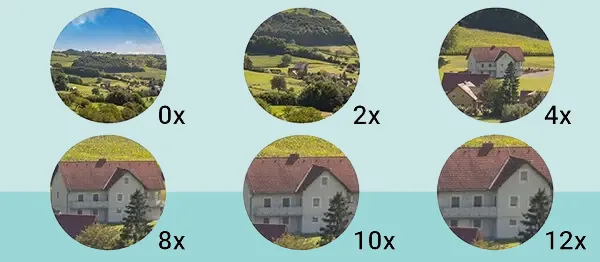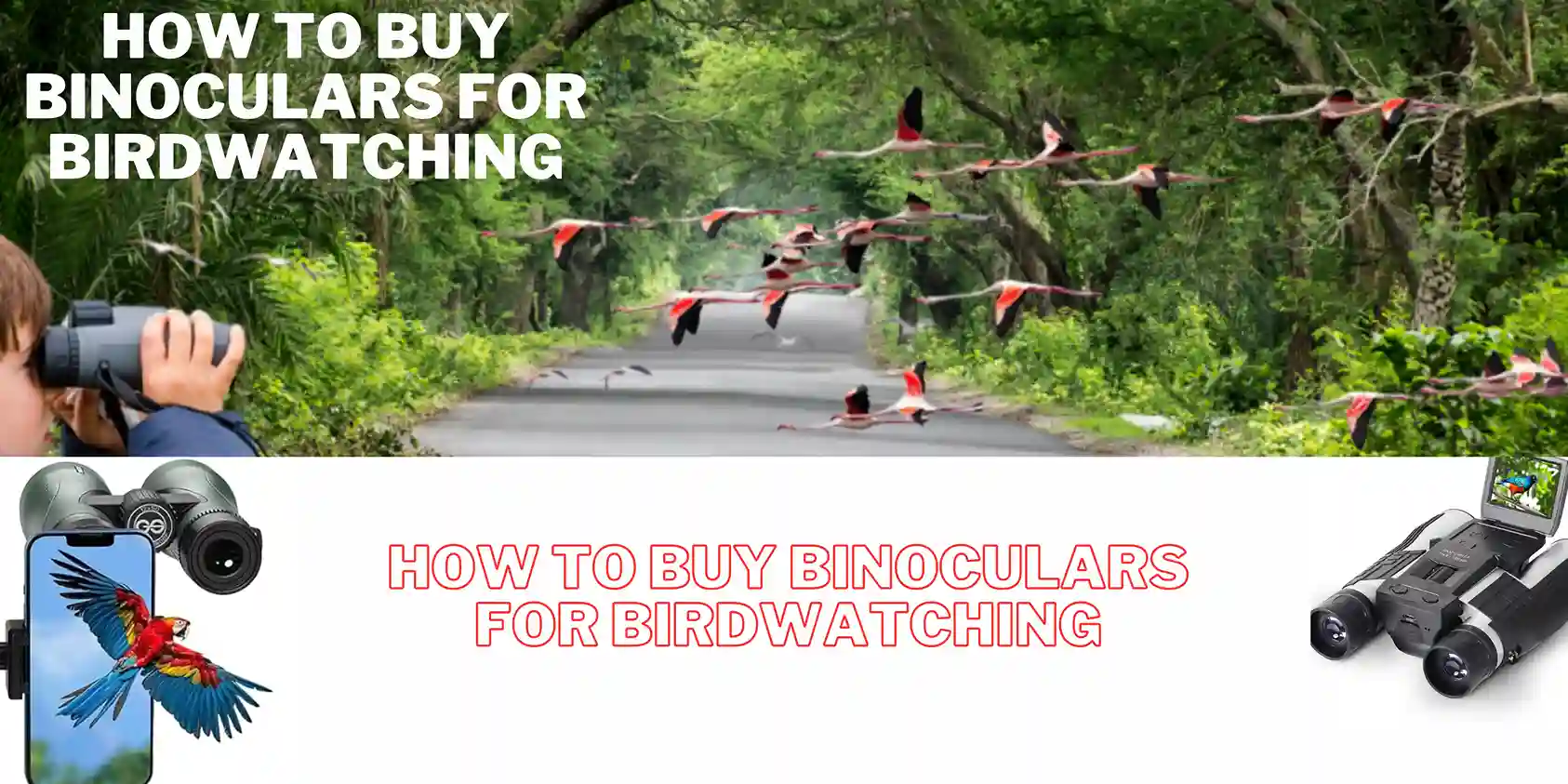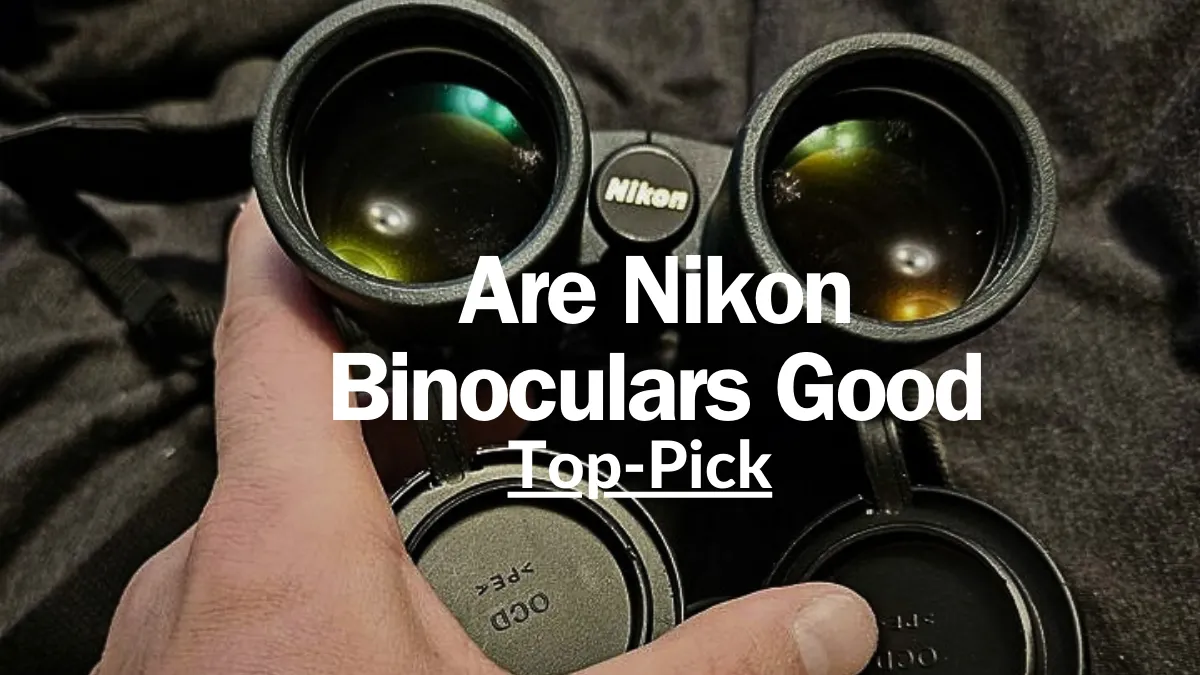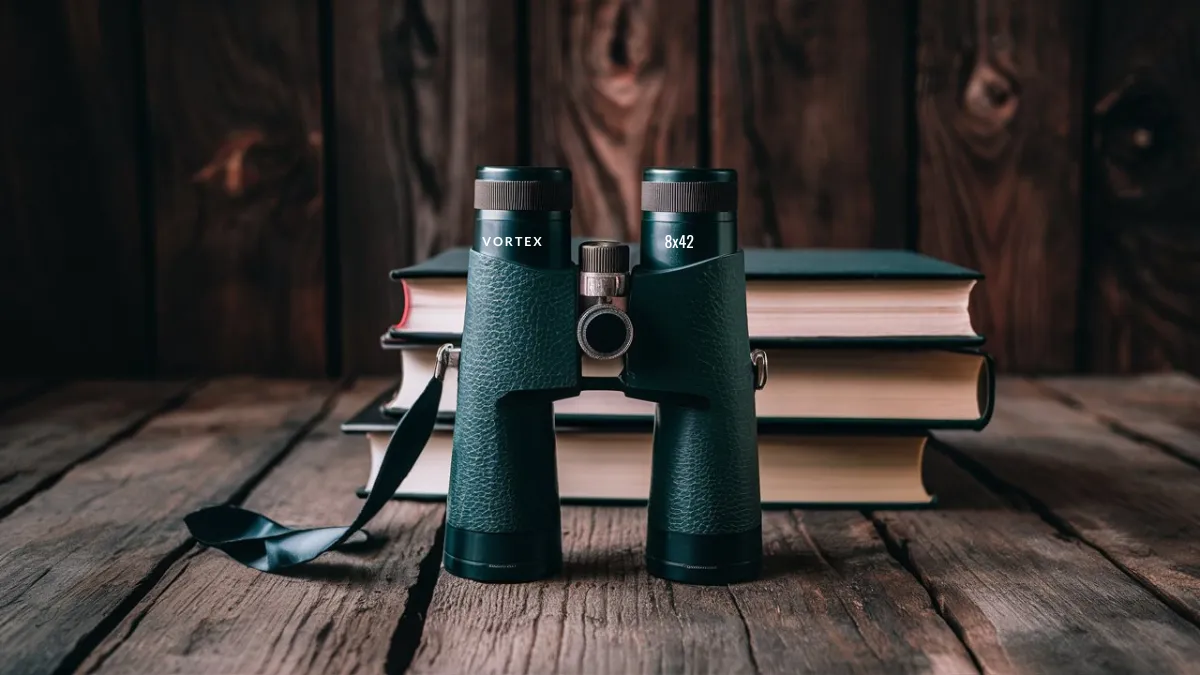Bird watching is a relatively good hobby for any person to adopt as it has many mental and physical benefits for your body. It is also a great way of connecting with nature and seeing its marvels closely. Moreover, many outdoor adventurers like this hobby because it keeps them physically healthy through all the walking and their minds fresh if they are into nature. Now, the one crucial element in birdwatching is the binoculars or any other sort of optical instrument, and without these, you can’t enjoy or even do birdwatching.
Due to their biased nature, birds tend to sit in high places like Trees, Sky, and Rock Cliffs where they don’t feel endangered by other species. It also makes it impossible to see from the naked human eye, so you need a good pair of binoculars. There are all sorts of binoculars available in the market worldwide, but finding the one that suits your budget while doing the job easily can be difficult.
So, if you are relatively new to this hobby or want to try other binoculars but don’t know what are the things you should look in and out for, then don’t worry because, in this guide, we have carefully explained everything that you should know about buying binoculars and not for just bird watching but in general so that you can make your first purchase with not much difficulty. So, let’s get right into it.
Work Out On Your Budget:
The first and very important step in buying any product is to see if it fits your budget, and the same goes for binoculars. There are many different binoculars available, and each one excels the other in some field, but that could cost you a lot more, which can exceed your budget and disrupt other things. Bird watching is not much of an expensive hobby, and if you are new to it or willing to try it without breaking the bank too much, you can easily use any sort of binoculars to experience it for the first time.
But if you want to get into bird watching and make it your hobby, then you should go with the binoculars specifically made for this purpose, and there are many binoculars out there. Some of them cost a fortune, while others are budget-friendly. The professional or the more expensive binoculars can be utilized for other purposes and have much better picture quality. In contrast, the budget ones can provide you with a good and decent bird-watching experience that is enough to enjoy on some level.
You can go with a 1000$ binocular or 100$ binocular. The choice is yours. If you have a higher budget, you should go for the middle ground, but if you have a lower budget, you can go for the 100 $ as they also offer some great quality.
Magnification Capability:
Once you work out your budget, the next step is to see the zoom quality and capability of the binoculars. As mentioned earlier, birds like to sit in high places, and since they are not much bigger, it can be very hard to see them. Most bird-watching binoculars come with a standard zoom of 8x or 10x; to be fair, it is more than enough for you to see birds flying or sitting in high vantage points. Some binoculars also allow you to choose between zooms like 6x, 7x, or even 12x, but that has advantages and disadvantages.

The 6x or 7x zoom sometimes can be insufficient to properly zoom in to far places, leaving you without any view, but on the other hand, it can save you money and does not require you to have steady hands. The 12x magnification does provide you with a much more powerful zoom, but most of the time, when you zoom that much, the image could be better due to the lack of stabilization, thus requiring steady hands or tripods, and it does cost more. The best way to deal with this problem is to use the ideal 8x zoom, as it strikes a perfect balance in everything.
Lens Size And Coatings:
Just like the zoom Lens, size also plays a very important role in the overall functionality of the binoculars and is one of the things that you should look out for. Most people need to be better aware of it, but it does play a crucial role in enhancing the image quality of the binocular. If you need to know what or how to know the size of your binocular Lens, it should be labeled on its box or their website as 8x32mm or 10x50mm. The 8 or 10x represents the zooming capability, and the other number represents the size of your Lens in diameter.
These lenses are available in different sizes, but how can you determine which is ideal? Lens size has nothing to do with the zoom on your binoculars; in fact, it helps in upscaling the image quality of your binoculars by letting in more light. The bigger the size of the lens, the more light it will capture, making your view bright and filled with more contrast. It is mostly useful in low-light conditions. However, there is also a downside to it. If your lens size is too much bigger, like 50mm, it will make your binoculars heavier and bulkier, making it easier to carry around places. Also, if your lens size is lower, it will struggle in low light conditions or at night.

The ideal size or the recommended one for the lenses suitable for birdwatching is 32 to 42mm. So, if you live in an area where it’s mostly dark, then a bigger lens should help you; otherwise, it is the complete opposite in bright areas. Furthermore, these lenses are also covered with multiple layers of enhanced coatings, each serving a different purpose. These coatings help the view to be more vibrant and good-looking by eliminating things like Light Refractions, Light scattering, Lens Flares, Chromatic abrasions, and other things to make for an overall better experience. An expensive binocular will typically have a much higher and enhanced level of coatings, whereas the budget ones will have only the useful ones to save on cost.
Focus and Precision:
Focus is also the most important element in binoculars because it is worthless as long as the binocular needs to clearly focus on an object with direct precision. Most binoculars that come on the market today, no matter the price tag, usually have a focus adjusting knob or system for precise focusing on zoomed-in objects. It is also very important to check the binoculars' autofocus before buying because if that does not focus quickly, you can miss some of the shots that require quick actions. The quicker it takes the binocular to adjust the focus on an object, the better it is.
The central focusing knob that is present in some of the binoculars is a good tool to have when you need It because sometimes the binocular can struggle to keep the subject in focus at full time because of the lack of stabilization. This focus eliminates that; however, the one major drawback is that once you set it to focus on an object, it will keep focusing on the object, making everything else blurry unless you readjust the focus.
Build Quality And Water Proofing:
Build quality should also be one of the top priorities for not just the binoculars but anything that you buy because there is no point in spending your money on something that can’t last you a few good days. Fortunately, you won’t have to worry much about this in binoculars because these things are built solid, no matter if they are budget-friendly. Almost all the binoculars are made up of an aluminum body, which is then protected by a rubber padded grip alongside all the edges of it as it’s a nice touch and protects the binoculars from minor scratches and wear and tear that can start to appear over time.
Even if you go with a binocular that costs 50$, chances are that it comes with an aluminum body because these things are made to last year without falling apart. On the other hand, the expensive ones are made up of more premium materials and have better protection against falls. However, you should still be careful when picking up these binoculars and make sure that there is no sound of rattling or creaking from them, as this indicates a bad build quality.
Along with this, make sure that the binoculars are water or fogproof because when outdoors, you can never know what to expect as sometimes heavy rain can fall or your binoculars might get dropped in a water puddle. Also, humidity can enter the binoculars, which can then cause the lenses to fog up and render them useless. The fogged-up lenses are then cleaned by disassembling the binoculars, which requires a technician, hence spending money.
Weight and Size:
Weight and size are not much of a priority for some people because they don’t use their binoculars often, but if you plan on long trips with these, you should be better aware of what you are getting into. Mostly, binoculars are lightweight or medium to prevent pain, but as mentioned previously, this can increase based on their specifications. If a binocular feels lightly heavy, then it should be good for a smaller period, but it can’t be used for much time when doing long runs because this can make you tired, or if you use a neck strap for it, it can cause neck pain.
A smaller binocular with less weight will not give you a premium feel, but they can be useful for longer usage. Most hikers and hunters use these types of binoculars for their adventures because of their convenience.
Reviews And Testing:
Lastly, suppose all the things that are mentioned above match your prescription for the binoculars. In that case, there is only one last thing to do, and that is testing and reading reviews about that product, as this can give you an insight into what to expect during its usage. Also, there is so much time when buying a product in which you can test it, so make sure that you check all the basic things about the binoculars that are not covered by warranty like Build quality and any signs of damage that indicate that the product is used or opened before.
Speaking of warranty, most manufacturers provide a good amount of warranty on their products in case of any issues depending upon the product and its price. So, ensure that the binocular has at least a 5-year warranty period.
Conclusion:
So, these are some things that you should look out for when buying your new binoculars and should be carefully looked into so that you can avoid losing some of your money. If you are buying a used binocular, then minor wear and tear are to be expected. Still, anything critical like Focus and Scratches on lenses or even a major damaged part could mean that these binoculars are used roughly and can break apart anytime soon in the future. It is best to avoid using binoculars because these things are fragile and can run into optical issues all the time. It is better to spend your money on a new binocular, considering they only cost around 100$ in a budget-friendly price tag.




